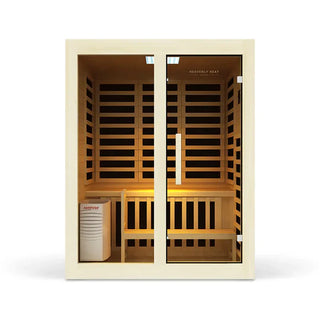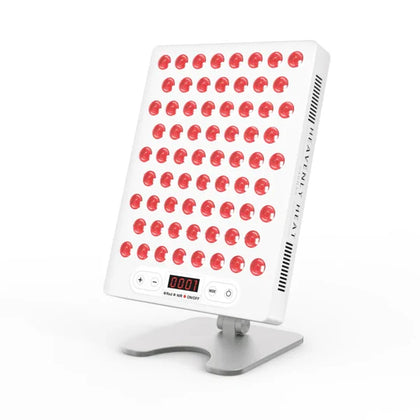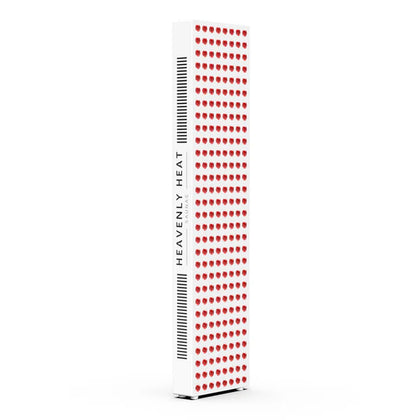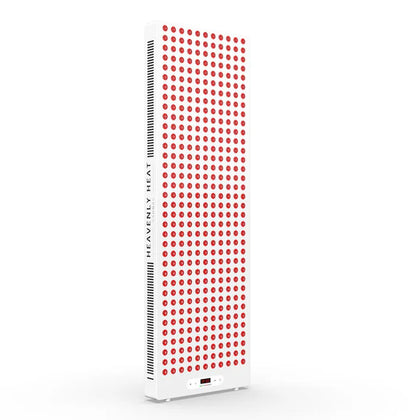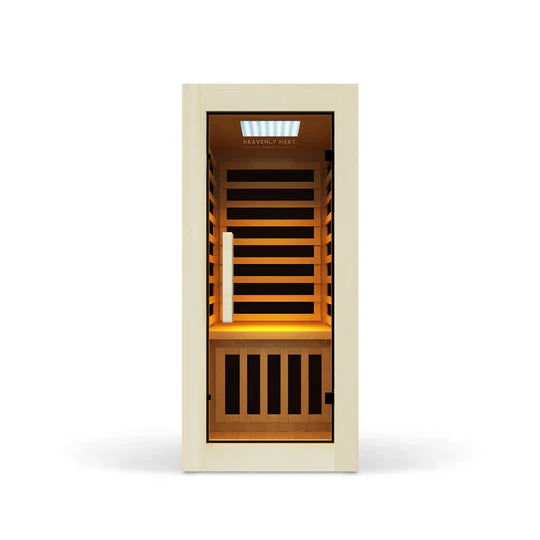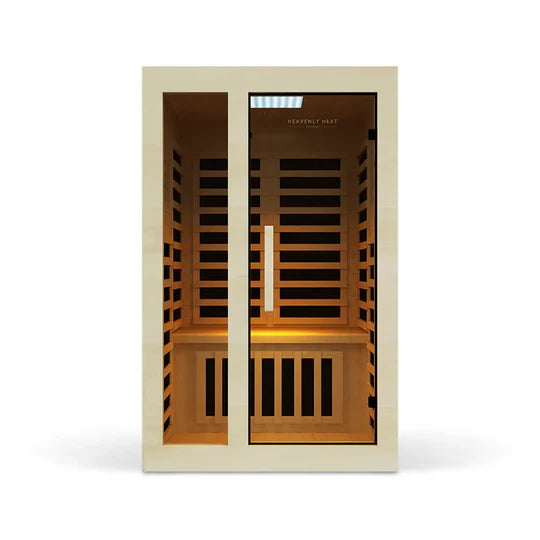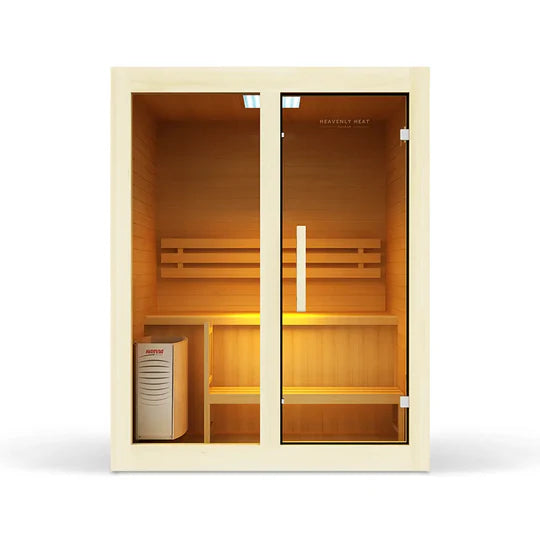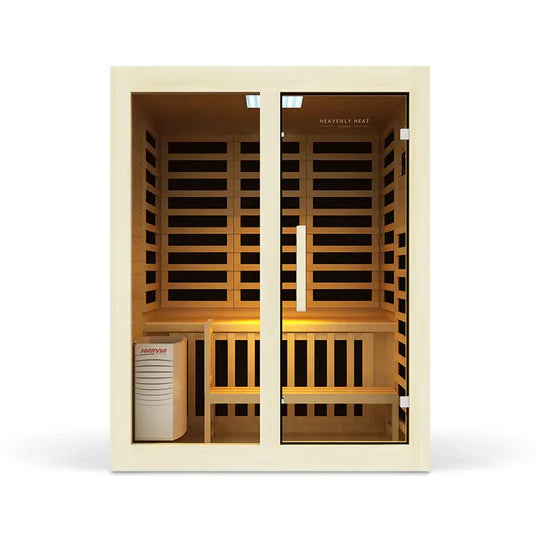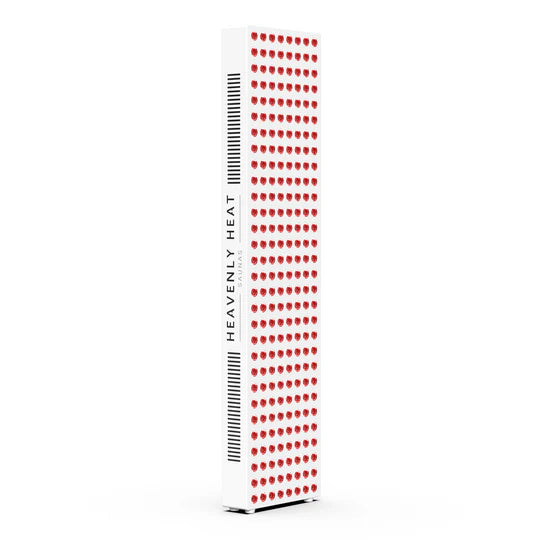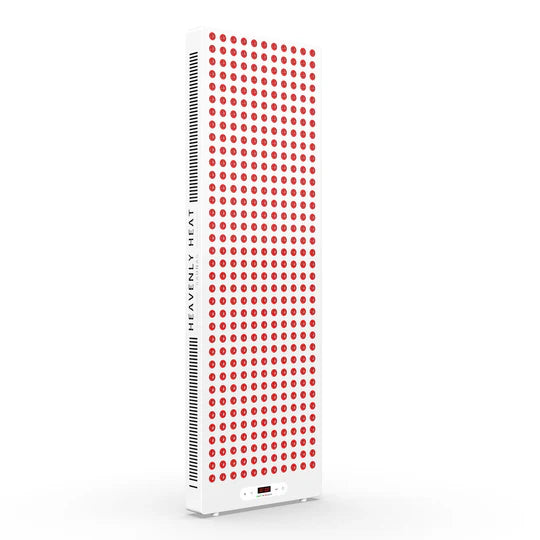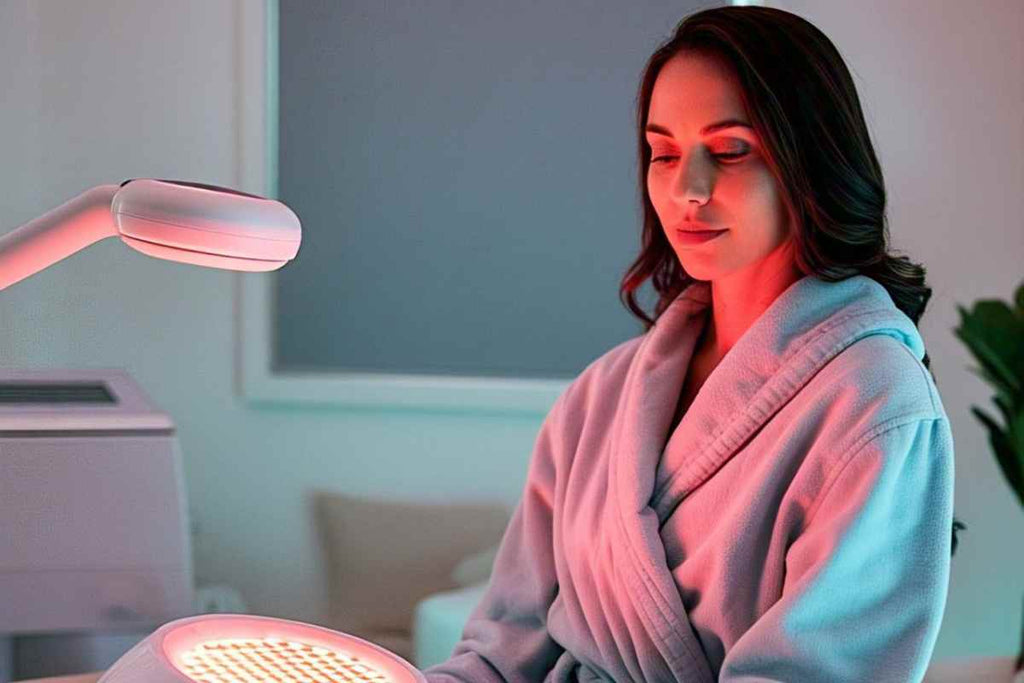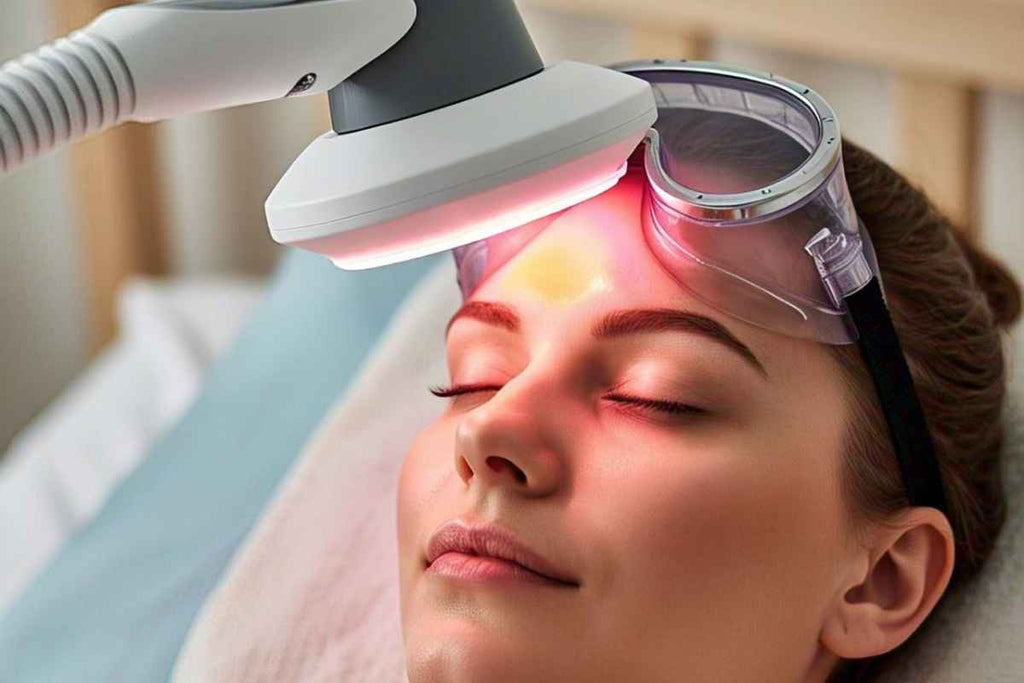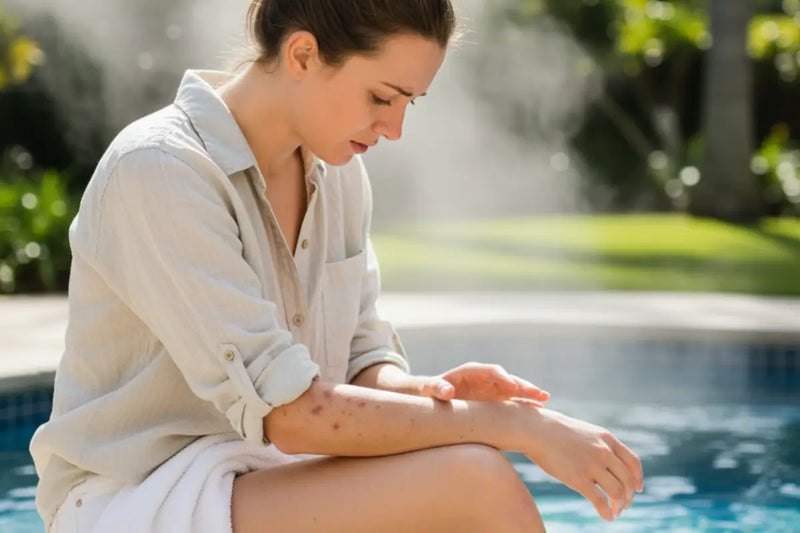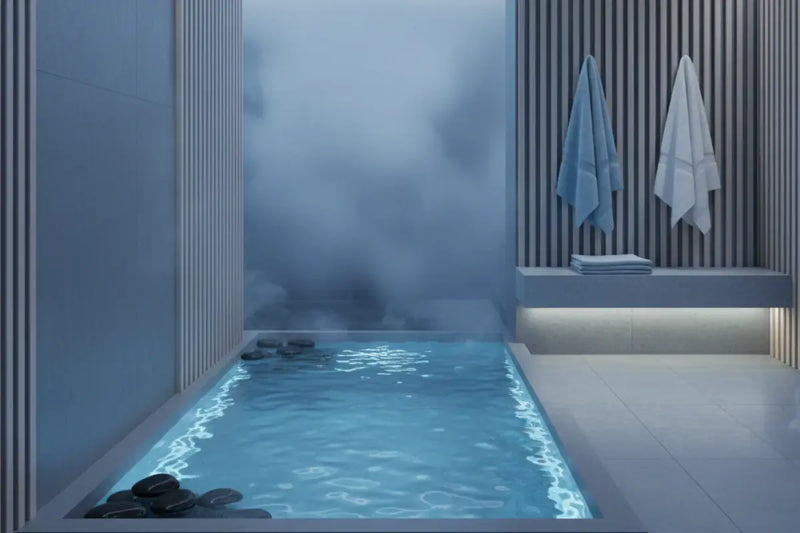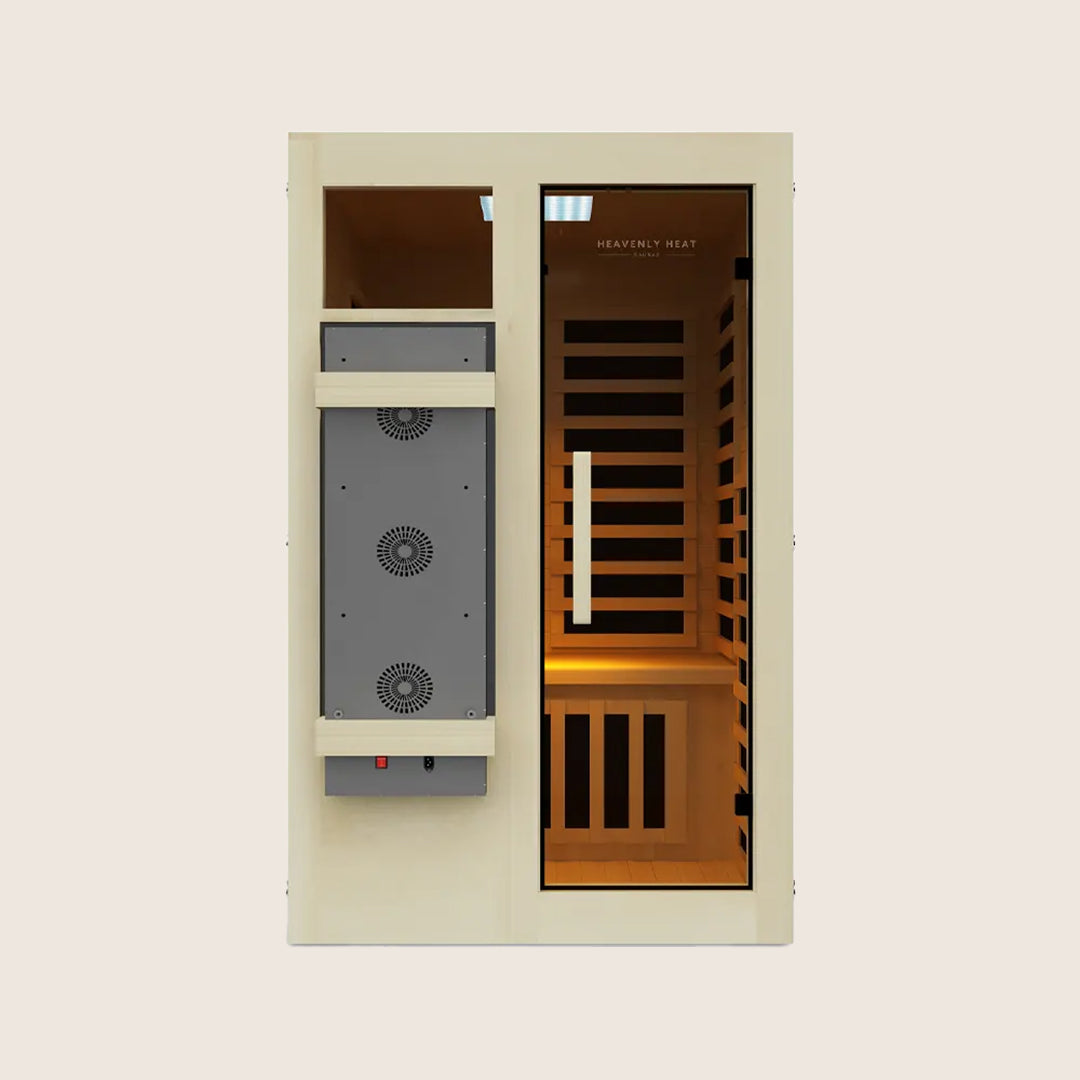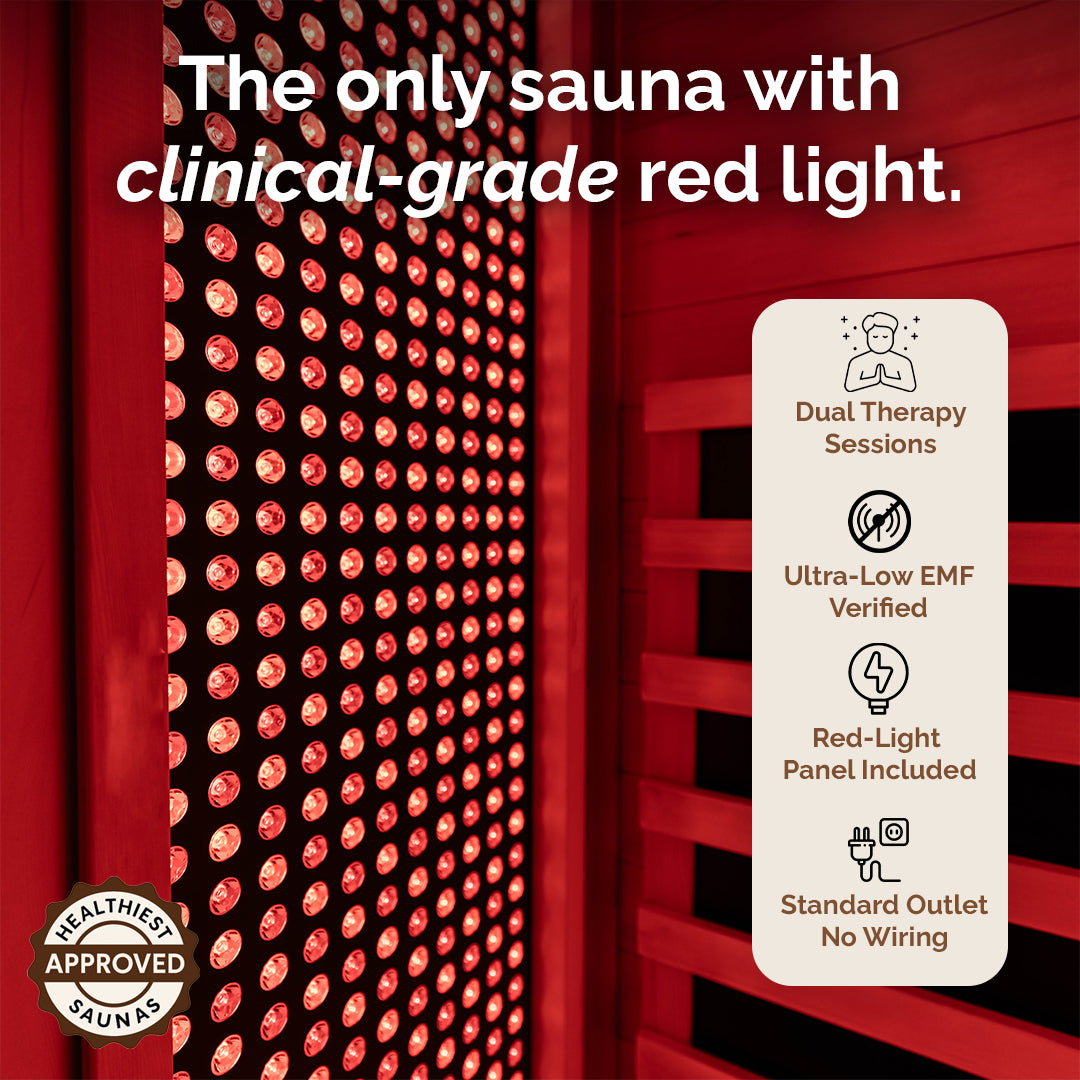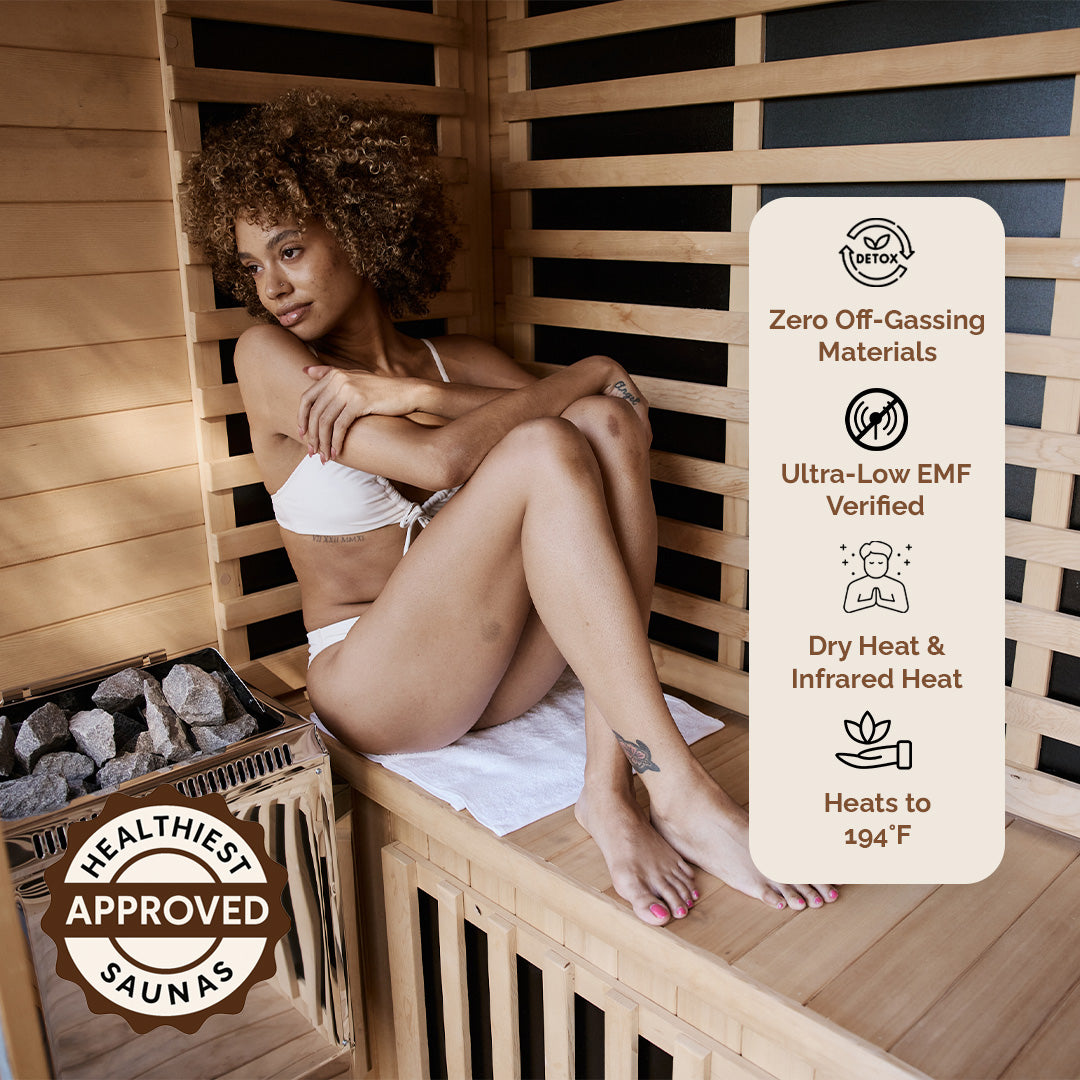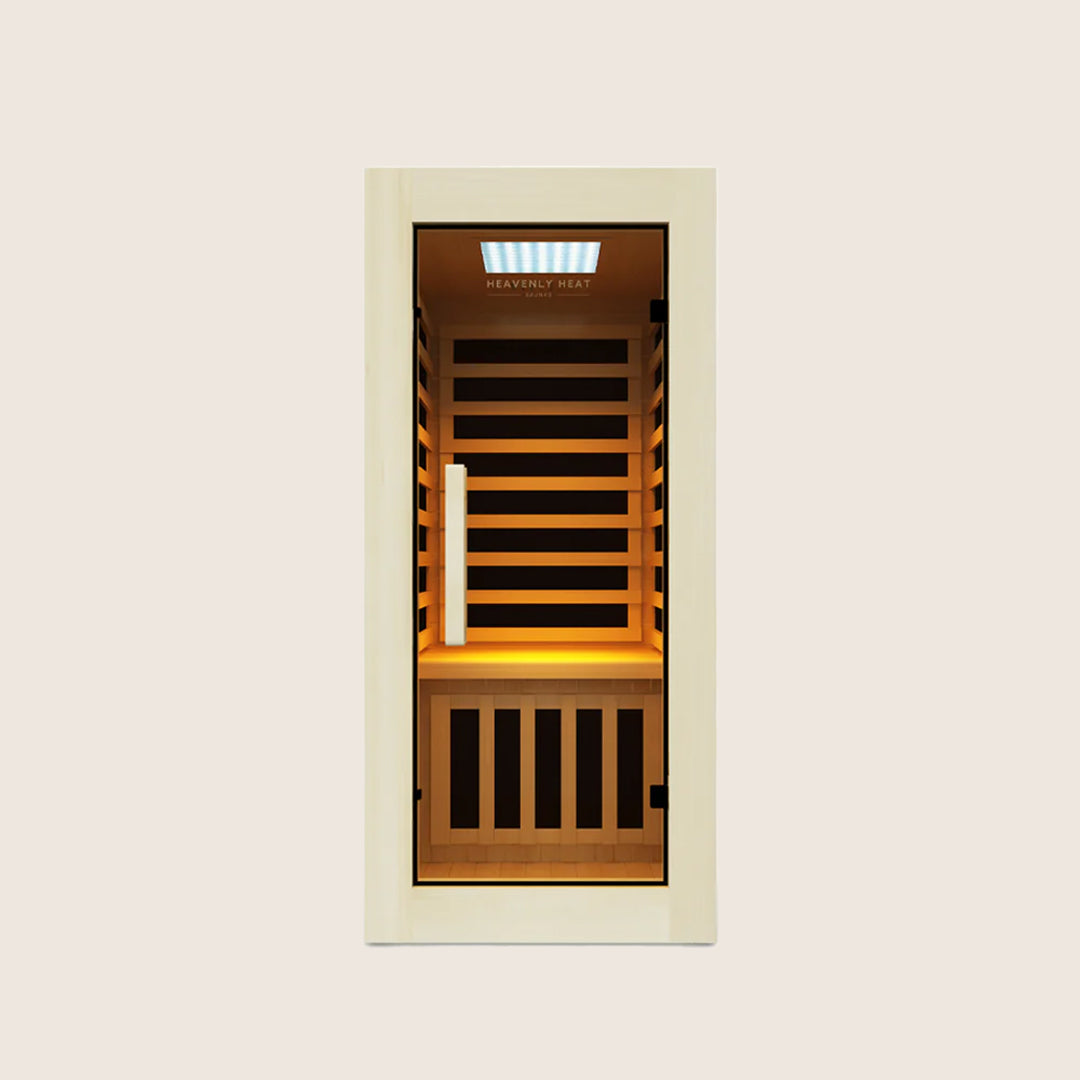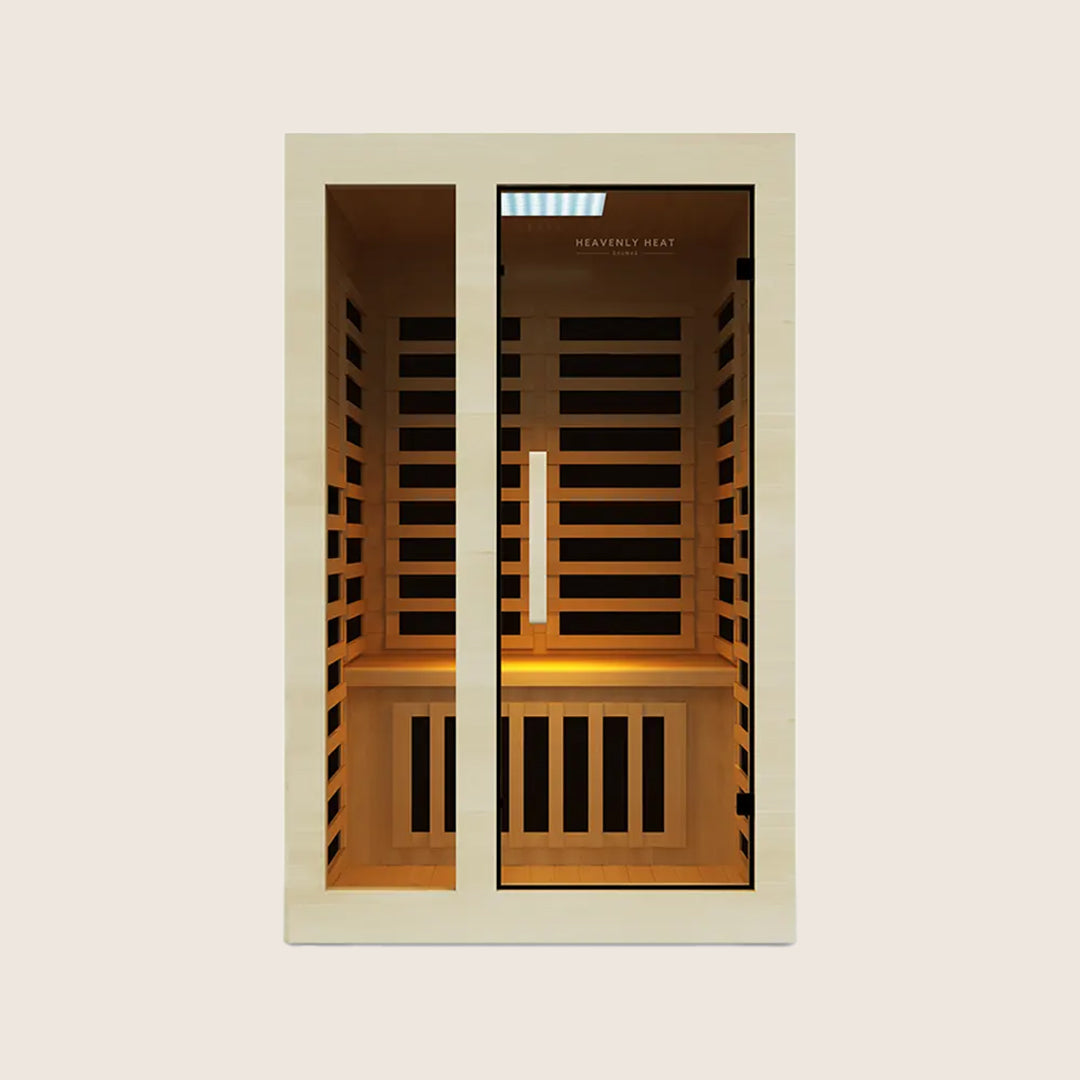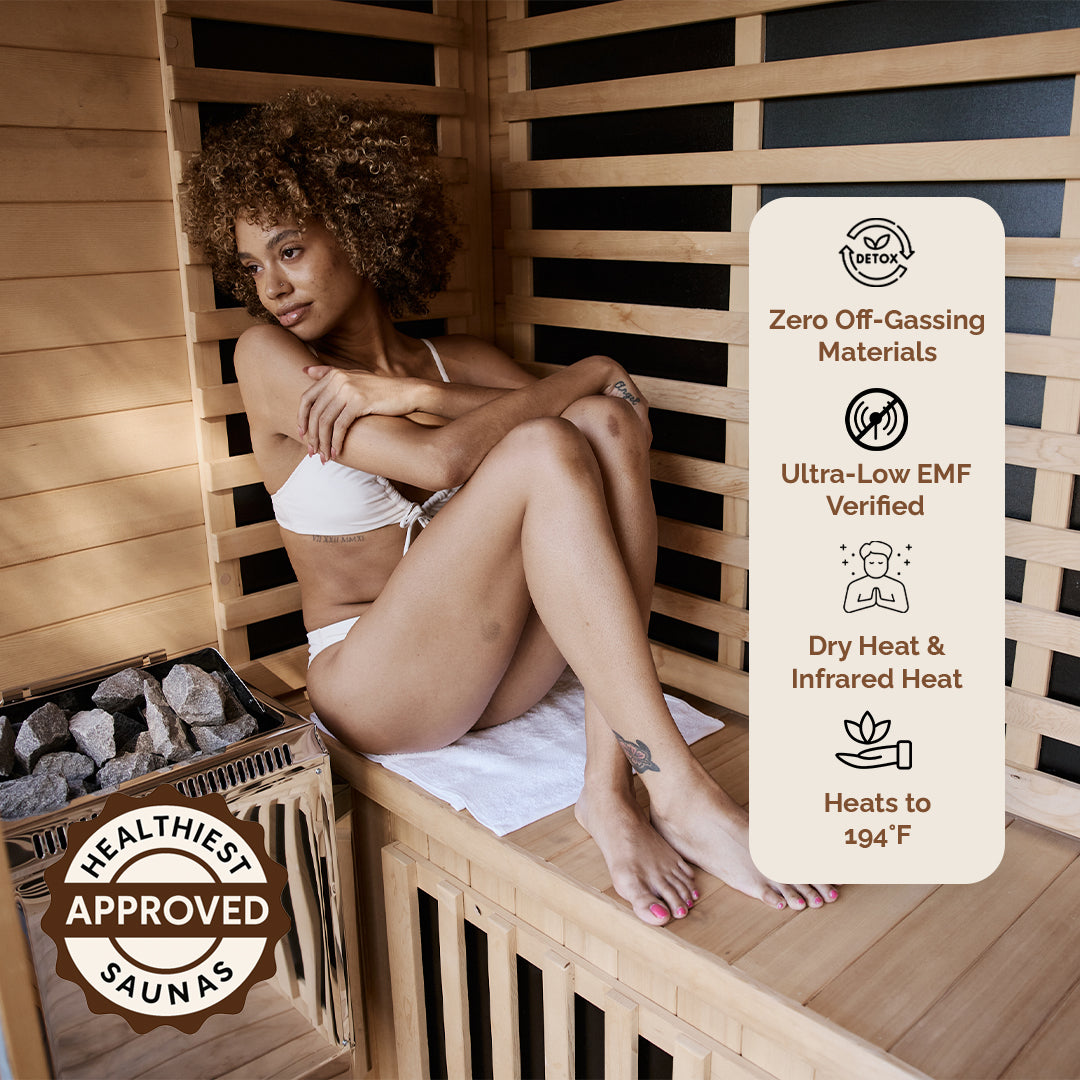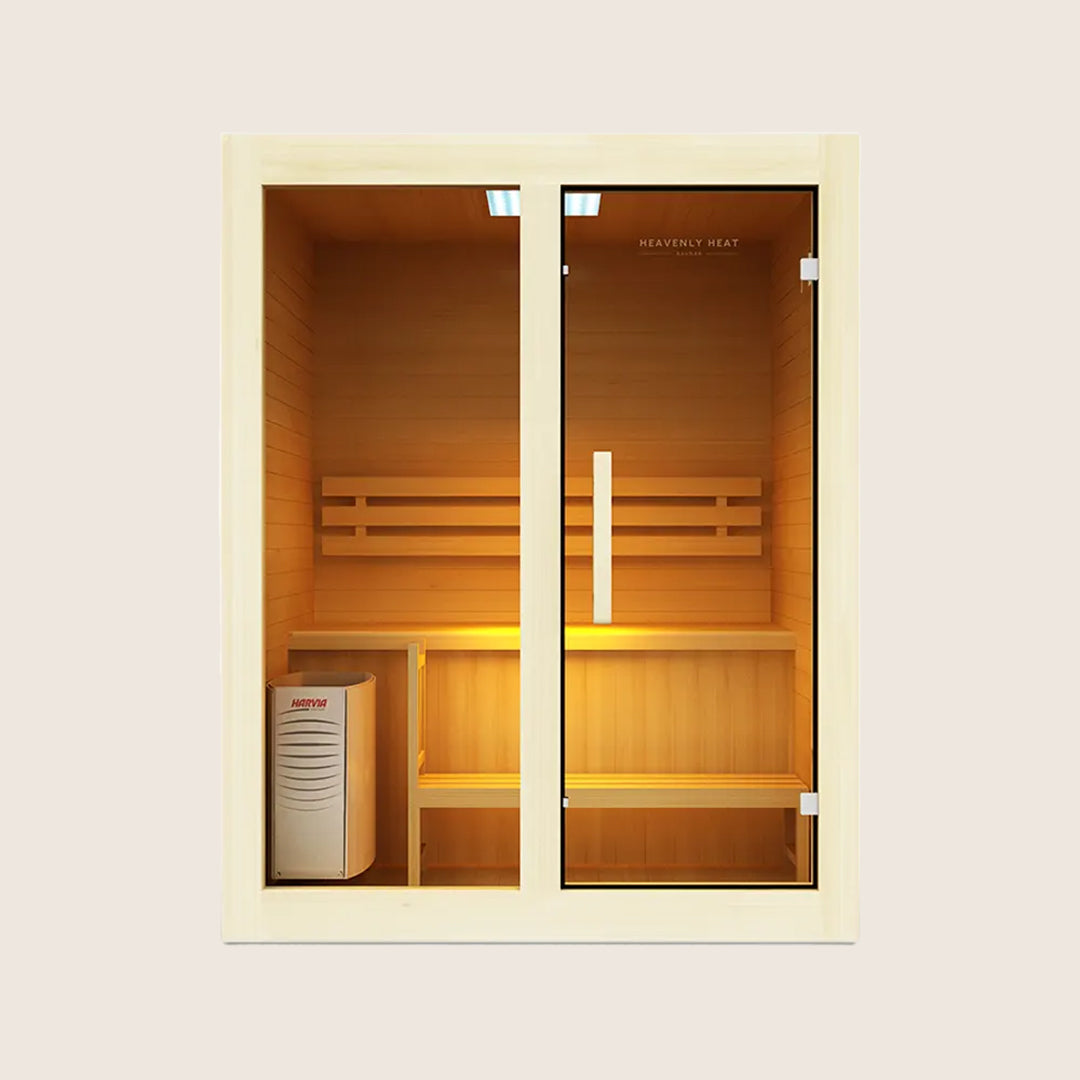Does Red Light Therapy Help Sunburn?
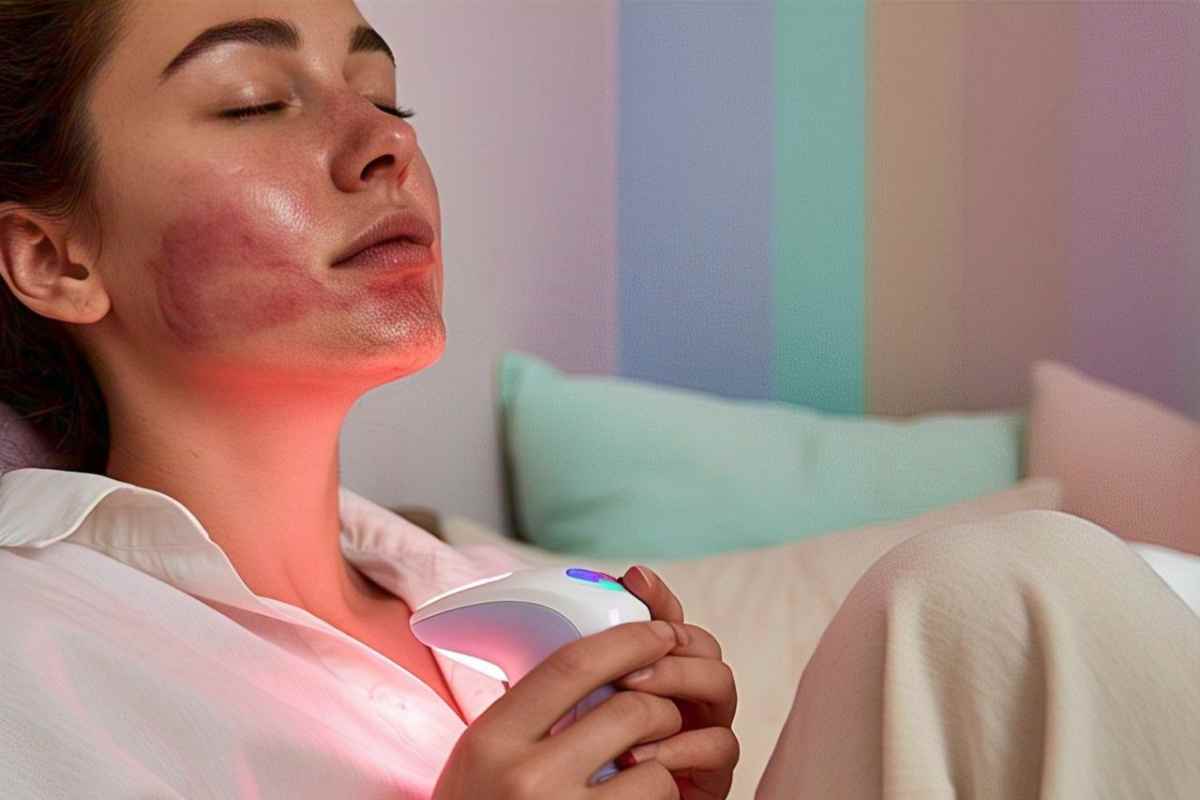
Table of contents
Sunburn isn't just a little redness. It is inflamed, painful skin that burns to the touch, itches relentlessly, and can even lead to blisters or fever.
Even worse, healing takes days and leaves you miserable. But what if there was a way to speed up recovery?
Enter red light therapy. Could this innovative treatment be the relief you need? Let’s explore.

Key Takeaways
-
Red Light Therapy Aids Sunburn Recovery: It reduces inflammation, redness, and pain while accelerating skin healing.
-
Boosts Collagen Production: Helps repair sun-damaged skin and prevent peeling.
-
Safe and Non-Invasive: Generally safe for sunburned skin with minimal side effects.
-
Works Well with Other Treatments: Complements aloe vera, moisturizers, and cooling gels.
-
Not a Replacement for Sunscreen: While it may strengthen skin, it doesn’t prevent sunburn.
What is Sunburn?
"Many people think that it’s OK to get a sunburn at the beginning of the season because it will make your skin stronger to avoid further sun damage or further burns, and that’s really not the truth," says Dr. Ida Orengo, chair of dermatology at Baylor College of Medicine in Texas.
Sunburn occurs when the skin is overexposed to ultraviolet (UV) radiation, causing damage to skin cells and triggering an inflammatory response.
This results in redness, warmth, swelling, and pain, typically appearing within a few hours of sun exposure.
Globally, about 35% of people experience sunburn yearly, with around 33% of U.S. adults and 6.9% of Australians affected in a given period (2023-2024).
Each year, over 33,000 people seek emergency treatment for severe sunburn, including blistering and intense inflammation.
In more severe cases, sunburn can lead to blistering, peeling, and long-term skin damage.
While lighter skin tones burn faster, anyone can get sunburned. Preventative measures like sunscreen, protective clothing, and seeking shade are essential to avoid UV damage and maintain healthy skin.
UV radiation harms skin cells on a molecular level by damaging DNA. UVA radiation generates reactive oxygen species, indirectly harming DNA, while UVB radiation directly interacts with DNA, causing harmful photoproducts such as cyclobutane dimers.
These DNA alterations can result in mutations, increasing the risk of skin cancer, as highlighted in a study by D'Orazio et al. (2013).
Is Red Light Therapy Safe for Sunburned Skin?
Red light therapy is generally safe for sunburned skin and does not worsen the condition. Instead, it helps reduce inflammation and discomfort by promoting cellular healing.
While mild warmth or temporary redness may occur, serious side effects are rare. The FDA has approved red light therapy for general skin healing, though not specifically for sunburn. Those with very sensitive skin should start with shorter sessions to assess their skin’s reaction.

How Effective is Red Light Therapy in Reducing Sunburn Symptoms?
Reduces Inflammation and Redness
Red light therapy can effectively reduce inflammation caused by sunburn. It works by stimulating the body's natural healing processes and improving blood circulation in the affected areas, helping to flush out toxins and ease redness.
It also supports skin repair by boosting collagen production and reducing oxidative stress, which can help counteract sun damage.
Specific wavelengths, such as 600–650 nm, penetrate deeper layers of the skin, speeding up recovery and soothing irritation.

Accelerates Skin Healing and Repair
Red light therapy speeds up recovery by promoting collagen production, a vital protein for skin repair.

It works by stimulating fibroblasts, the cells responsible for producing collagen, helping the skin become stronger and more resilient.
By reducing inflammation and supporting tissue regeneration, it may also help minimize scarring from severe sunburns, allowing the skin to heal more smoothly.
Many people start noticing subtle improvements like a healthier glow and reduced inflammation within the first couple of weeks, while deeper skin repair, such as increased firmness and smoother texture, becomes more visible over four to twelve weeks with consistent treatment.
Enhances Collagen Production
Collagen is essential for healthy skin, but sun damage can break down its fibers, leading to wrinkles and sagging over time.
Red light therapy helps counter this by stimulating fibroblasts, cells responsible for producing both collagen and elastin, key proteins that keep skin firm, smooth, and resilient.
Research published in the Journal of the American Academy of Dermatology found that low-level red and infrared light increases the production of these structural proteins, reinforcing the skin’s elasticity while improving its overall texture.
By boosting the skin’s natural repair process, red light therapy not only restores lost firmness but also strengthens its foundation, making it more resistant to future damage.
Reduces Pain and Sensitivity
One of the key benefits of red light therapy is its ability to reduce pain and sensitivity from sunburns.
It calms inflammation, which alleviates discomfort and tenderness. Many people experience soothing effects after a few sessions, making it an excellent option for non-invasive pain management.
Prevents Peeling and Skin Damage
Peeling is a common aftereffect of sunburn, but red light therapy helps prevent this by encouraging skin regeneration.
By stimulating the production of new, healthy skin cells , it speeds up healing and reduces the chance of peeling.

Works as a Complementary Therapy
Red light therapy works well alongside traditional sunburn treatments like aloe vera and topical creams.
While aloe vera soothes and hydrates the skin, red light therapy penetrates deeper layers, accelerating healing and reducing inflammation, which helps restore the skin more effectively. This combination boosts the skin's natural repair process, ensuring faster recovery.

Safe and Non-Invasive
Unlike some medical treatments that require injections or prescription drugs, safely combined with other sunburn treatments, improving overall skin health without causing further irritation.
It’s gentle on the skin and can be safely combined with other sunburn treatments, improving overall skin health without causing further irritation.
While generally safe, it’s important to follow treatment guidelines, as excessive or improper use may lead to skin damage, burns, or eye injury.
This makes RLT a convenient option when used correctly, with minimal risk of side effects.

How Does Red Light Therapy Compare to Aloe Vera for Sunburn Relief?
Red light therapy and aloe vera both help with sunburn but work in different ways. Aloe vera cools the skin instantly, providing quick relief and hydration, while red light therapy penetrates deeper, repairing damaged skin cells.
When it comes to healing speed, red light therapy is more effective because it boosts collagen production and reduces inflammation at a cellular level. Using both together enhances their benefits for optimal skin recovery.

Is Red Light Therapy More Effective Than Traditional Sunburn Treatments?
Compared to traditional treatments like aloe vera, cooling gels, and over-the-counter creams, red light therapy offers a more proactive approach to healing sunburn.

Unlike gels and creams that only provide temporary relief, red light therapy works at a cellular level to stimulate repair, reduce inflammation, and improve skin resilience.
While conventional treatments focus on symptom management, red light therapy actively accelerates healing, making it a more effective long-term solution.
Can Red Light Therapy Be Used Alongside Other Sunburn Remedies?
Pairing it with aloe vera provides both surface hydration and deep skin repair , while using it with over-the-counter creams ensures comprehensive symptom relief.
Red light therapy can also complement cold compresses, vitamin E oil, and moisturizers to further reduce inflammation and support skin regeneration.
FAQs
How Soon After Getting Sunburned Should You Use Red Light Therapy?
You should begin red light therapy once your skin is cool to the touch, typically 2-3 hours after sun exposure. Using it too soon may feel too intense on overheated skin, so allowing the initial inflammation to settle first is recommended. Early use helps reduce redness, swelling, and discomfort while preventing prolonged damage.
Are There Any Skin Types or Conditions That Should Avoid Red Light Therapy for Sunburn?
Red light therapy is generally safe, but individuals with sensitive skin, eczema, dermatitis, or pigmentation disorders like melasma should consult a dermatologist before use.
Does Red Light Therapy Provide Long-Term Benefits for Sun-Damaged Skin?
Red light therapy stimulates collagen production and promotes skin regeneration, improving texture, reducing signs of UV damage, and enhancing overall skin health. For lasting results, regular sessions of one to three times a week are recommended.
Can Red Light Therapy Prevent Sunburn if Used Before Sun Exposure?
Red light therapy may help prepare the skin for sun exposure by strengthening its natural defenses. It could enhance the skin’s resilience, aiding recovery from potential damage. However, it should never replace sunscreen, as both work together to protect the skin. More research is needed to confirm its effectiveness as a preventative measure.







